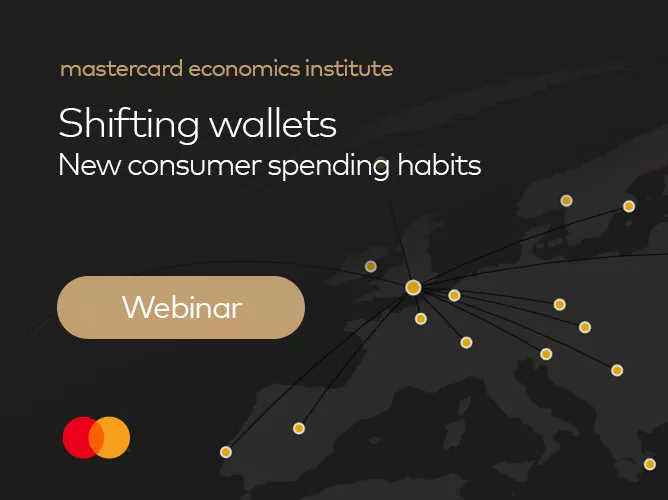Buy Now, Pay Later has become mainstream over the past few years, competing with traditional forms of payment particularly among those in younger demographics or with low credit ratings. But what does this mean for community financial institutions?
Mastercard has compiled a detailed study covering more than 2,500 consumers to provide insights into the awareness and usage of Buy Now, Pay Later installment plans.
This report specifically looks at:
Consumer adoption and interest by demographic | |
Customer drivers and concerns among current and would-be users | |
Opportunities for community financial institutions in the BNPL space |
Complete the form to download the report and access detailed study findings, recommendations, and Mastercard solutions that will help community financial institutions succeed in the BNPL space.
This report is exclusive to Mastercard Customers. If you have any issues downloading the report, please contact your Mastercard Representative.










